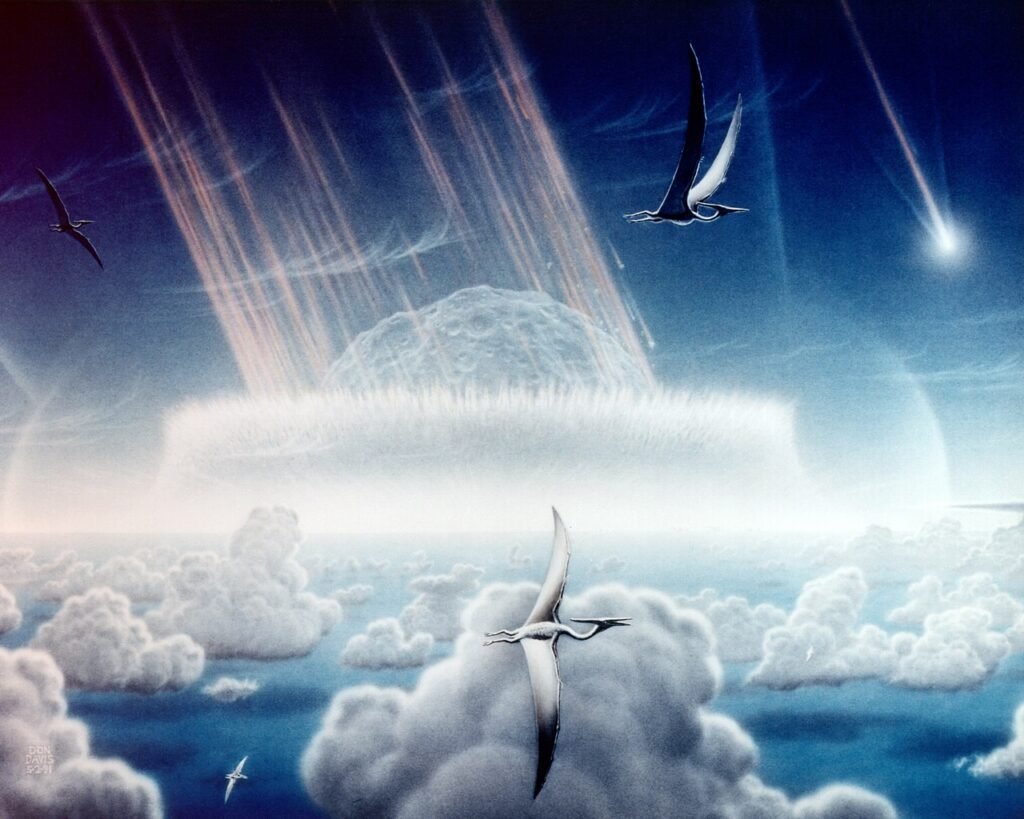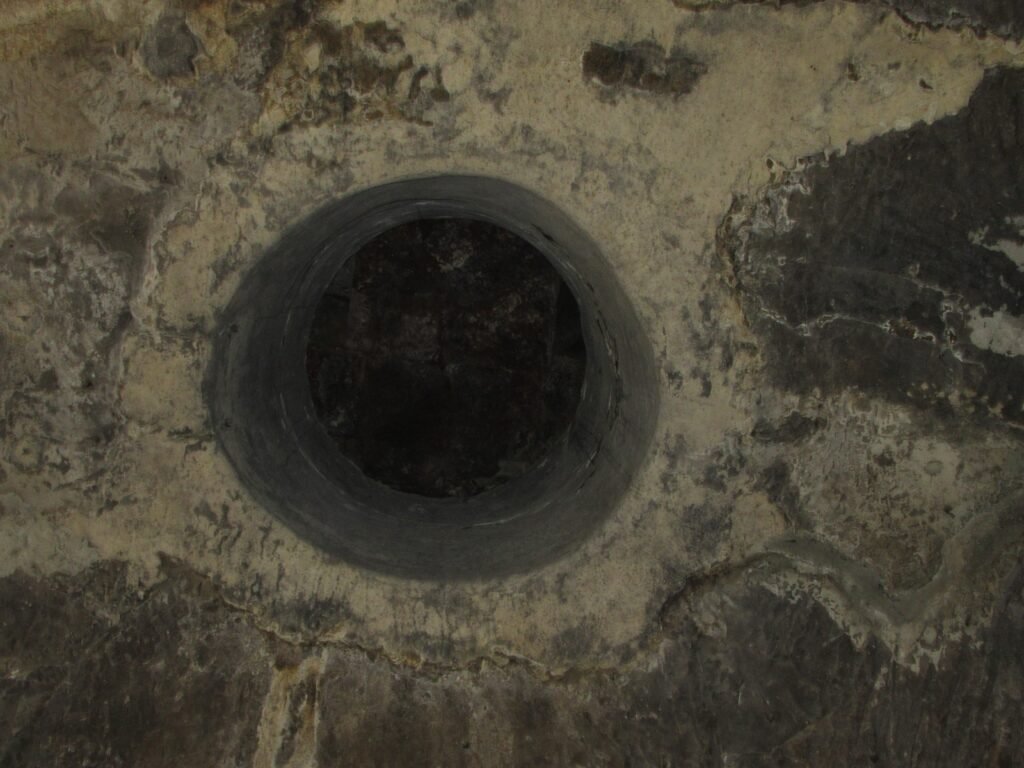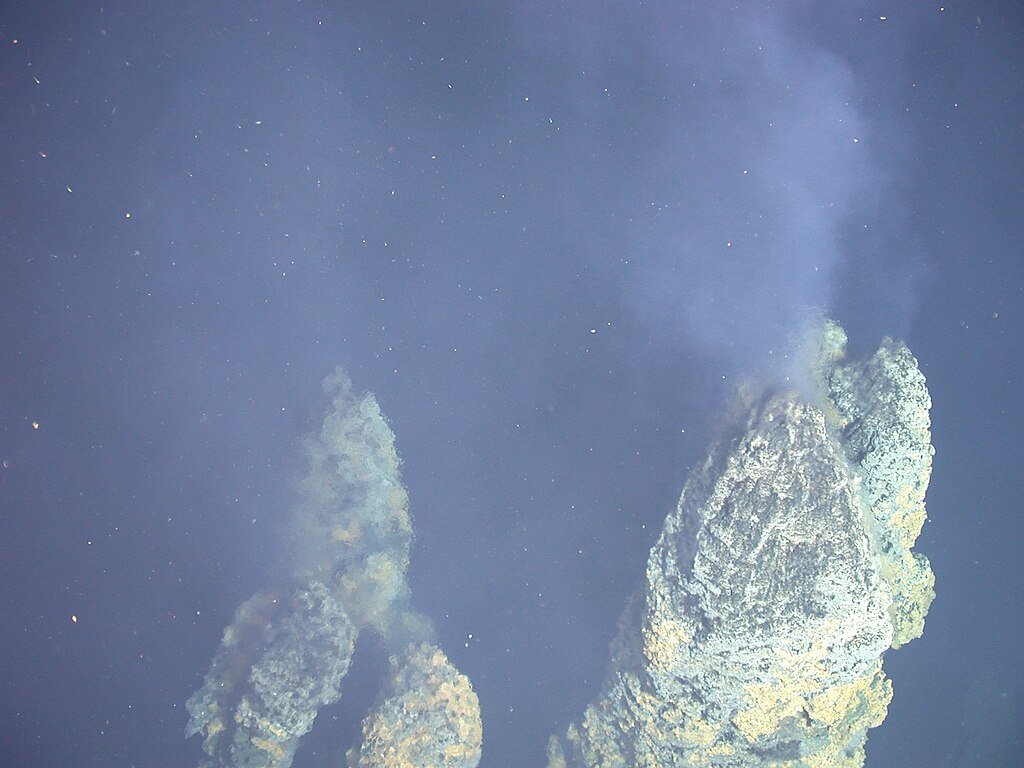Dinosaurs have long captured our imagination, symbolizing both the power and fragility of life on Earth. These magnificent creatures dominated our planet for over 160 million years, leaving behind a legacy of mystery and intrigue. But what if the catastrophic event that led to their extinction 66 million years ago never happened? In this article, we’ll explore the potential trajectory of Earth’s evolution if dinosaurs hadn’t gone extinct, blending scientific insights with speculative scenarios to paint a picture of an incredibly different world.
The World Before the Mass Extinction

The late Cretaceous period boasted a rich diversity of life forms ranging from the fearsome T. rex to the majestic Pterosaurs soaring through prehistoric skies. During this time, dinosaurs thrived in various ecosystems, filling ecological niches as carnivores, herbivores, and omnivores. The world was characterized by lush forests and warm climates, creating vibrant environments that supported their existence.
The Catastrophic Event

Approximately 66 million years ago, a massive asteroid impact near present-day Yucatán Peninsula in Mexico triggered the Cretaceous-Paleogene (K-Pg) extinction event. This catastrophic moment led to the rapid decline of dinosaur populations and necessitated the rise of mammals. If not for this extinction, Earth’s evolutionary trajectory could have been dramatically altered.
Surviving and Thriving Through Natural Selection

Had dinosaurs not faced extinction, natural selection would continue to play its part in shaping their evolution. With millions of years passing, these creatures might have developed new adaptations and diversified further. New species would likely emerge, adapting to changing environmental conditions over time.
Impacts on Mammalian Evolution

The extinction of dinosaurs paved the way for the rapid evolution and diversification of mammals. Without this extinction event, mammals might have remained small and nocturnal, as they would compete for resources with the dominant dinosaurs. Our own evolutionary journey might never have occurred, or taken a vastly different path on a world still ruled by dinosaurs.
Potential for Dinosaur Intelligence

Intriguingly, some hypothesize that certain dinosaur species could have evolved higher intelligence over millions of years if they had not gone extinct. Similar to how mammals developed larger brains, researchers suggest that certain smaller, social, and adaptable dinosaurs might also have developed cognitive abilities comparable to that of primates or even humans.
Changing Earth’s Ecosystems

The unchecked proliferation of dinosaurs would have continued to shape Earth’s ecosystems. Forests and vegetation might look drastically different, evolving alongside the dominant fauna of the time. This could have led to unique interrelationships between plants and animals, impacting ecosystem dynamics fundamentally.
Ocean Life Untouched?

The oceans, however, might have remained less affected by the flourishing of terrestrial dinosaurs. Marine reptiles would continue to dominate their environments, but their interactions with dinosaur species entering aquatic realms would become a crucial area for adaptation and ecological shifts.
Avian Evolution and Aviary Connections

With some dinosaurs already taking to the skies as early avians, the line between what constitutes a bird and a dinosaur might have blurred further. The evolutionary paths of birds could have taken unfathomable directions, potentially leading to birds with dinosaurian characteristics becoming predominant in the skies.
The Role of Climate Changes

Climate changes, such as global warming or ice ages, happen naturally over geological timescales. These changes would impose evolutionary pressures on surviving dinosaurs, forcing them to adapt. Dinosaurs might have shaped the development of continents and climate with their migratory and ecological practices.
Human-Dinosaur Encounters

Were humans to eventually evolve in a world still populated by dinosaurs, our interactions would have been complex and potentially perilous. Civilizations might develop strategies to evade or coexist with dinosaur species. The imagery of humans as dinosaur hunters or cohabitants could have redefined our cultural narratives.
The Rise of New Apex Predators

Without the extinction event, some dinosaur species would likely adapt to become new apex predators at the top of the food chain. These predators would further shape ecological interactions, leading to multifaceted food webs reminiscent of the complex ecosystems existing in prehistoric times.
Technology and Dinosaurs

Had dinosaurs survived into an era where humans developed advanced technology, our scientific and cultural landscapes would be astoundingly different. The curiosity towards dinosaurs might propel technological advancements for studying, controlling, or even coexisting peacefully with these ancient beasts.
The Ethical Questions

The presence of dinosaurs today raises ethical questions about conservation and species rights. Policies around hunting, protection, and managing human-dinosaur interactions would be crucial. Society would need to consider ethical frameworks for living alongside such majestic and potentially dangerous creatures.
In contemplating this alternate evolutionary history, we gain a profound appreciation for the dynamic forces of nature that have shaped our world. Though the dinosaurs of ancient history never shared the Earth with humans, imagining a world where they did heightens our understanding of life’s resilience and adaptability. While the extinction event marks one of Earth’s great transitions, it also paved the way for the diversity of life we see today, underscoring the intricate web of life and evolution.




